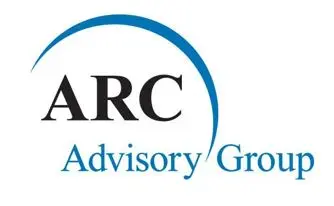

 In the realm of energy storage, the United States has made remarkable strides over the past decade. Current data reveals an addition of up to 9 GW of energy storage to the U.S. grid since 2010. This is in addition to 23 GW of pumped storage hydropower (PSH). Delving deeper into the specifics, 90% of this new storage capacity operates with a duration of 4 hours or less. The dominance of Li-ion batteries in this sector is hard to overlook, as they've contributed nearly 99% of the new capacity.
In the realm of energy storage, the United States has made remarkable strides over the past decade. Current data reveals an addition of up to 9 GW of energy storage to the U.S. grid since 2010. This is in addition to 23 GW of pumped storage hydropower (PSH). Delving deeper into the specifics, 90% of this new storage capacity operates with a duration of 4 hours or less. The dominance of Li-ion batteries in this sector is hard to overlook, as they've contributed nearly 99% of the new capacity.
The Duration Dilemma: A glaring challenge is the duration limitation. Much of the newly added storage capacity is constrained to 4 hours or less, raising questions about adaptability to longer term fluctuating energy demands.
The Peak Demand Paradigm Shift: The increasing adoption of solar energy, coupled with evolving weather patterns, hints at a potential transition to net winter demand peaks. These peaks often extend beyond the capacity of 4-hour storage solutions.
Revisiting Capacity Regulations: A potential solution lies in re-evaluating and modifying the rules pertaining to storage capacity credit. This could pave the way for incentivizing storage solutions with longer durations.
Broadening the Technological Horizon: While Li-ion batteries have been the preferred choice, the future demands a more diversified approach. It's imperative to investigate and invest in alternative storage technologies that might offer both cost efficiency and extended service lifetimes.
The Role of Policy: Thoughtful and strategic policy interventions can be instrumental in fostering a diverse range of cost-effective storage technologies with extended durations.
The energy storage sector is abuzz with discussions about deploying solutions that offer more than 4 hours of capacity. Such innovative storage mechanisms can be pivotal in seamlessly integrating vast amounts of renewable energy and moving towards a predominantly decarbonized grid. The NREL Storage Futures Study has shed light on the economic potential of six-to-ten-hour storage solutions, and when thinking of decarbonization and renewable energy integration, the possibilities seem numerous.
However, the path forward does contain uncertainties. The exact role and potential of longer-duration storage, and the technologies that might challenge the supremacy of Li-ion batteries, remain areas of active exploration.
Phase 1 (Short-Duration Storage): Initiated around 2011, this phase is characterized by storage solutions with a duration of 1 hour or less, primarily catering to operating reserves.
Phase 2 (Peaking Capacity): This phase revolves around storage solutions with durations ranging from 2 to 6 hours, serving as peaking capacity. The increasing adoption of solar photovoltaics (PV) plays a significant role in this phase.
Phase 3 (Diurnal Capacity): This phase, although less defined, is marked by technological advancements that make longer-duration storage (4-12 hours) economically viable.
Phase 4 (Extended Duration Storage): Arguably the most speculative phase, it envisions storage solutions with durations extending from days to even months.
The U.S. energy storage landscape stands at a crossroads. While the progress made is commendable, the sector faces challenges that demand innovative solutions. As we navigate this evolving landscape, the emphasis should be on diversifying technological solutions, rethinking regulatory frameworks, and gearing up for the dynamic demands of the future grid.

